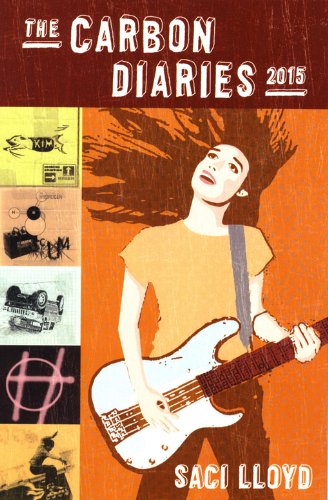Addicted to cars: why can’t New York City break its bad transit habit?
First published in The Guardian, October 7th, 2013
Photo: Several high-volume roadways cut through Central Park. Photograph: Murdo Macleod/Murdo Macleod
Last week, on my way to Newark Airport from Manhattan, I looked across the highway to view the traffic entering New York’s most densely populated borough. The dedicated bus lane was moving steadily and swiftly toward the Lincoln Tunnel. The rest of the inbound highway was a parking lot, mostly filled with cars occupied by one person each. It was 7.45am and these cars would spend the next hour – or more – driving the last five miles into Manhattan. Meanwhile, the buses would get there in 15 minutes max.
Why do these people drive? I dunno.
On buses, trains and ferries, passengers can read, text, talk on the phone, rest, sleep, write, do a puzzle, check email and do anything else that’s not inconsiderate toward their neighbors; they have far more options than when they’re driving. And most modes of public transportation are faster, cheaper and easier than driving and parking in Manhattan.
So it confounds me why people choose to drive when they could take public transportation.
But fuggedaboutem. Let’s talk about the rest of us. This folly doesn’t just affect the drivers, but also hurts everyone else.
When private cars enter Manhattan by the hundreds of thousands every day, they create air pollution that adds huge extra healthcare costs for the city. New studies actually show that air pollution costs more than tobacco. Drivers also create unsafe streets when they ignore crosswalks, traffic signals and cellphone restrictions. And they make ungodly noise, which, for me, is almost unbearable. I am certain that there are huge uncounted costs in cellular stress and overall anxiety caused by the sensory assault of


